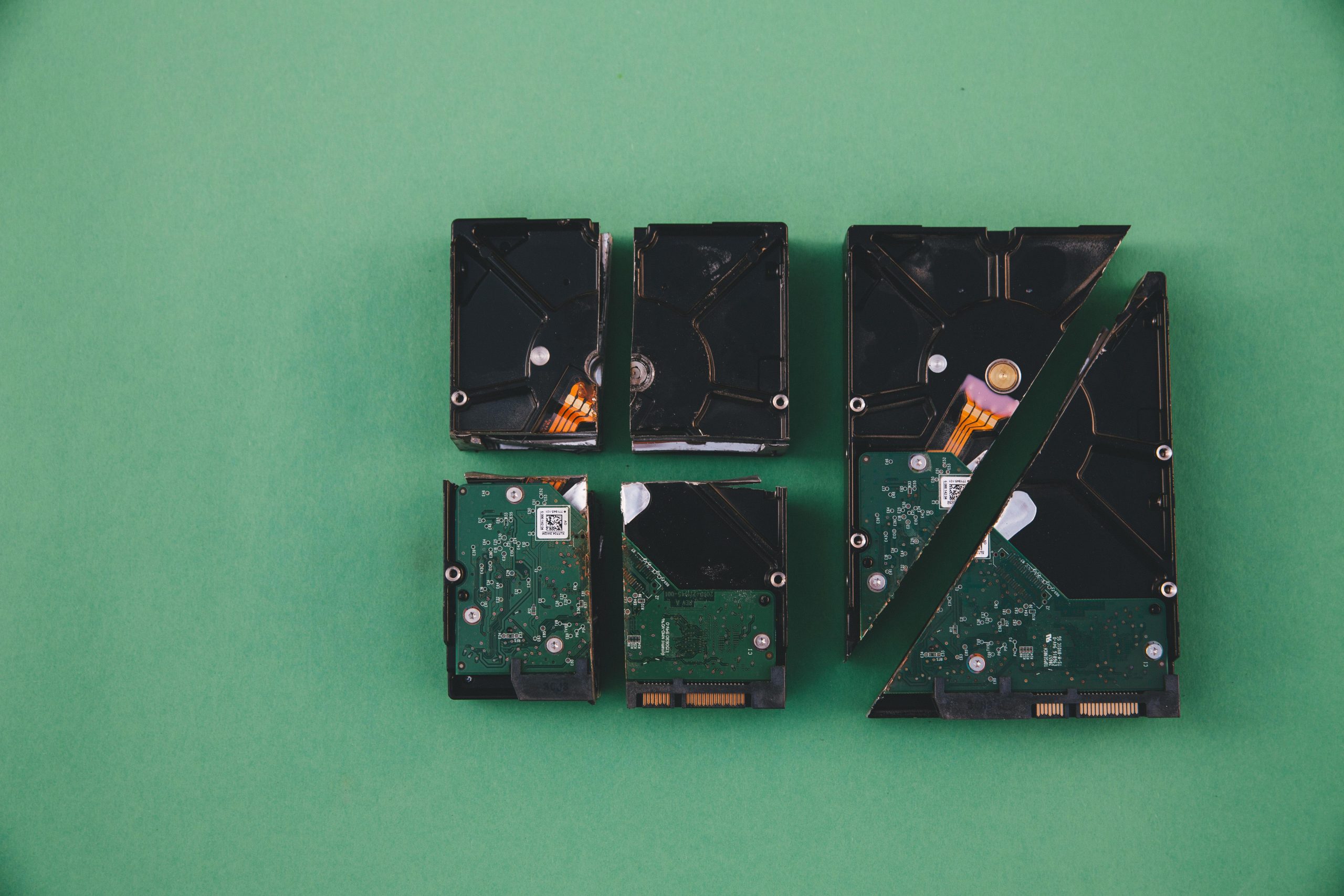Troubleshooting Sudden External SSD Disconnections and Data Recovery Strategies
External SSDs are renowned for their speed and reliability, making them an essential component for data storage and transfer. However, users can occasionally encounter issues such as unexpected disconnections and freezing when accessing data. If you find yourself facing such problems, understanding the causes and exploring effective recovery options is crucial.
Recognizing the Issue
A common scenario involves an external SSD that initially functions normally but suddenly begins disconnecting unexpectedly. When attempting to access files, you might notice that Windows File Explorer becomes unresponsive or freezes. These symptoms suggest potential underlying hardware or software problems that warrant prompt diagnosis.
Potential Causes
Several factors can contribute to external SSD disconnections and access issues:
- Hardware Degradation: Over time, SSDs may develop bad sectors or internal faults that lead to unstable connections.
- Faulty Cables or Ports: Damaged or loose USB cables, or defective ports, can cause intermittent disconnections.
- Driver or Firmware Issues: Outdated or corrupted drivers and firmware can interfere with proper communication between the drive and the system.
- Overheating: Excessive heat can affect performance and stability.
- File System Corruption: Improper ejection or power failures can corrupt the drive’s file system.
Data Recovery Considerations
If your SSD is exhibiting symptoms of failure, it’s natural to be concerned about losing valuable data. The likelihood of successful data recovery depends on the extent of damage:
- Minor Logical Issues: Corrupted file systems or minor software glitches are often recoverable using specialized data recovery tools.
- Hardware Failures: Physical damage or failing memory chips pose a greater challenge; recovery may still be possible but could require professional services.
Recommended Course of Action
- Cease Using the Drive Immediately: To prevent further damage, avoid attempting to write new data to the drive.
- Secure a Backup: If the drive is still accessible, prioritize copying critical files to a different storage device.
- Use Data Recovery Software: There are numerous reputable tools (such as Recuva, EaseUS Data Recovery Wizard, or Stellar Data Recovery) that can scan the drive and retrieve accessible data.
- Assess Hardware Health: Tools like CrystalDiskInfo can provide SMART status reports indicating drive health.
- Consult Professional Data Recovery Services: If software solutions fail or physical damage is suspected, professional services may be necessary, though they can be costly.
Share this content:



